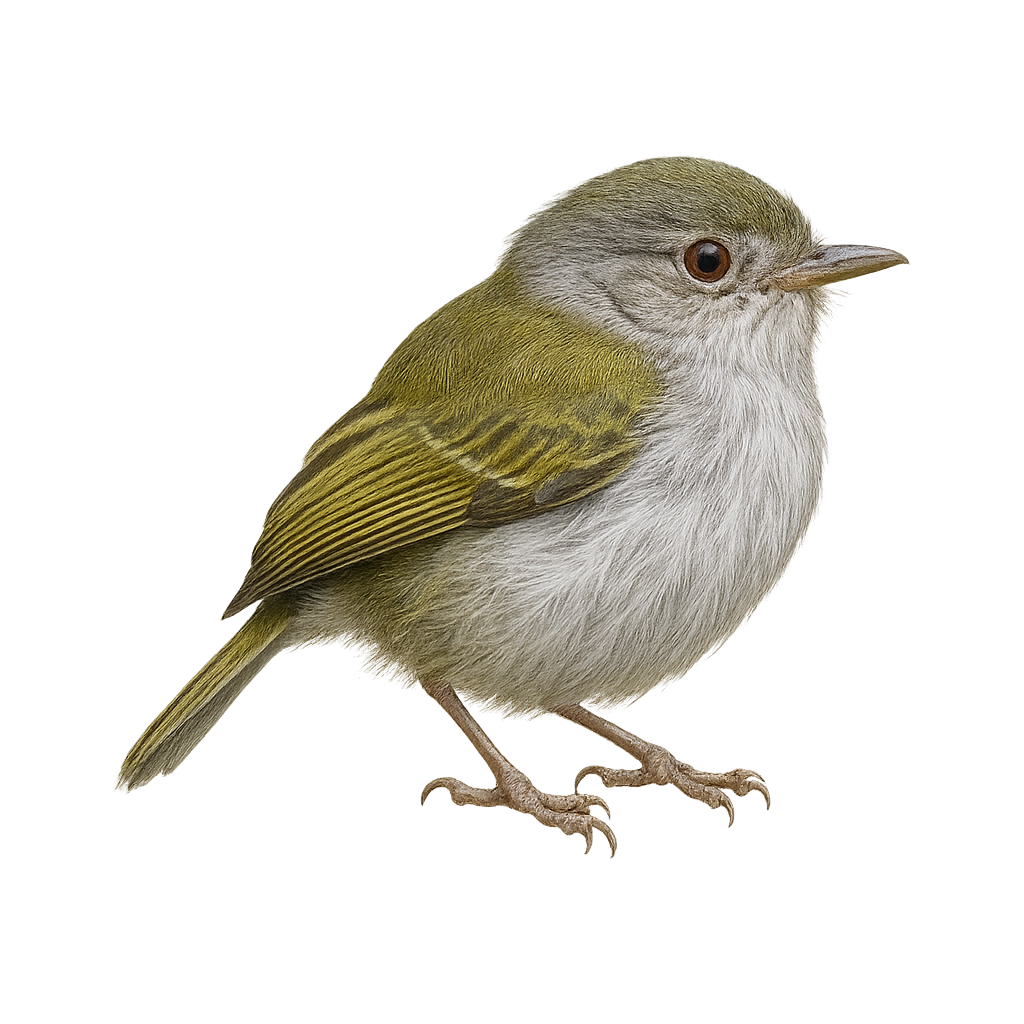Your wildlife photography guide.
Explore the white-bellied pygmy-tyrant in detail, study its behavior, prepare your shots.
Where to observe and photograph the white-bellied pygmy-tyrant in the wild
Learn where and when to spot the white-bellied pygmy-tyrant in the wild, how to identify the species based on distinctive features, and what natural environments it inhabits. The WildlifePhotographer app offers tailored photography tips that reflect the white-bellied pygmy-tyrant’s behavior, helping you capture better wildlife images. Explore the full species profile for key information including description, habitat, active periods, and approach techniques.
White-bellied Pygmy-Tyrant
Scientific name: Myiornis albiventris

IUCN Status: Least Concern
Family: TYRANNIDAE
Group: Birds
Sensitivity to human approach: Suspicious
Minimum approach distance: 10 m
Courtship display: September to October
Incubation: 16-18 jours
Hatchings: October to November
Habitat:
Humid tropical forests, forest edges, undergrowth
Activity period :
Primarily active during the day, with peak activity in the morning and late afternoon.
Identification and description:
The Myiornis albiventris, or White-bellied Pygmy-Tyrant, is a tiny bird belonging to the Tyrannidae family. It is primarily found in the humid tropical forests of South America, particularly in Brazil and Bolivia. This bird is notable for its small size, measuring about 6.5 cm in length, making it one of the smallest birds in the world. Its plumage is mainly gray with a distinctive white belly, hence its name. It primarily feeds on insects, which it catches in flight. The White-bellied Pygmy-Tyrant is often difficult to spot due to its size and discreet behavior. It is usually solitary or seen in small family groups.
Recommended lens:
400 mm – adjust based on distance, desired framing (portrait or habitat), and approach conditions.
Photography tips:
To photograph the White-bellied Pygmy-Tyrant, it is advisable to use a telephoto lens of at least 400 mm to capture precise details without getting too close and risking scaring it away. Look for areas where the bird is active, such as forest edges or undergrowth. Be patient and discreet, as this bird is suspicious and can quickly hide. Use a tripod to stabilize your camera and adjust the settings for the low-light conditions often found in tropical forests.
The WildlifePhotographer App is coming soon!
Be the first to explore the best nature spots, track rutting seasons, log your observations, and observe more wildlife.
Already 1 430 wildlife lovers subscribed worldwide

